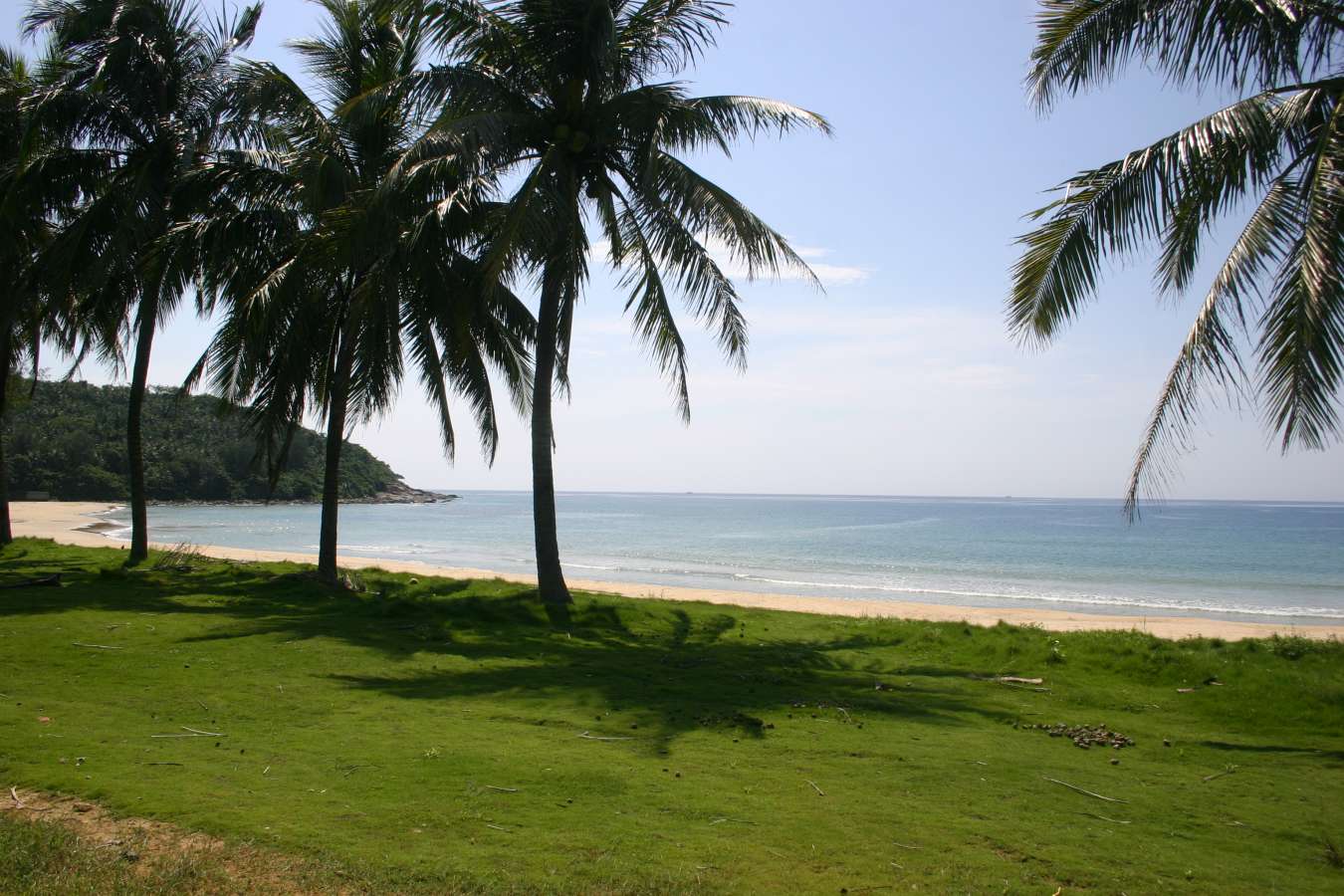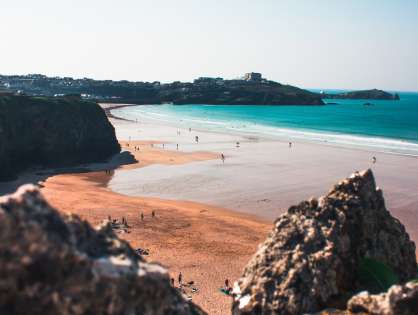Tropical weather, turquoise water and white sandy beaches make Riyue Bay an alluring destination to anyone that’s looking to spend some time at the beach. But it’s the waves that make it China’s surfing capital. If you’re plagued by the uncontrollable urge to catch a wave, there’s no better place to be. Home to Jalenboo Surf Club, it’s a must visit for any and all surfers that find themselves in China. It’s also where I had my first surfing experience outside of South Africa.
A laid-back vibe dominates life in Riyue Bay. This tiny speck on the map is the perfect place to get away from it all and escape the madness of China. It feels almost forgotten and in many ways it is. You could easily lose yourself here and let the rest of the world take care of itself. Sipping coconut juice on the beach, watching the sunset while waiting for your next wave or just being, there’s more than enough island to go around in Riyue Bay.
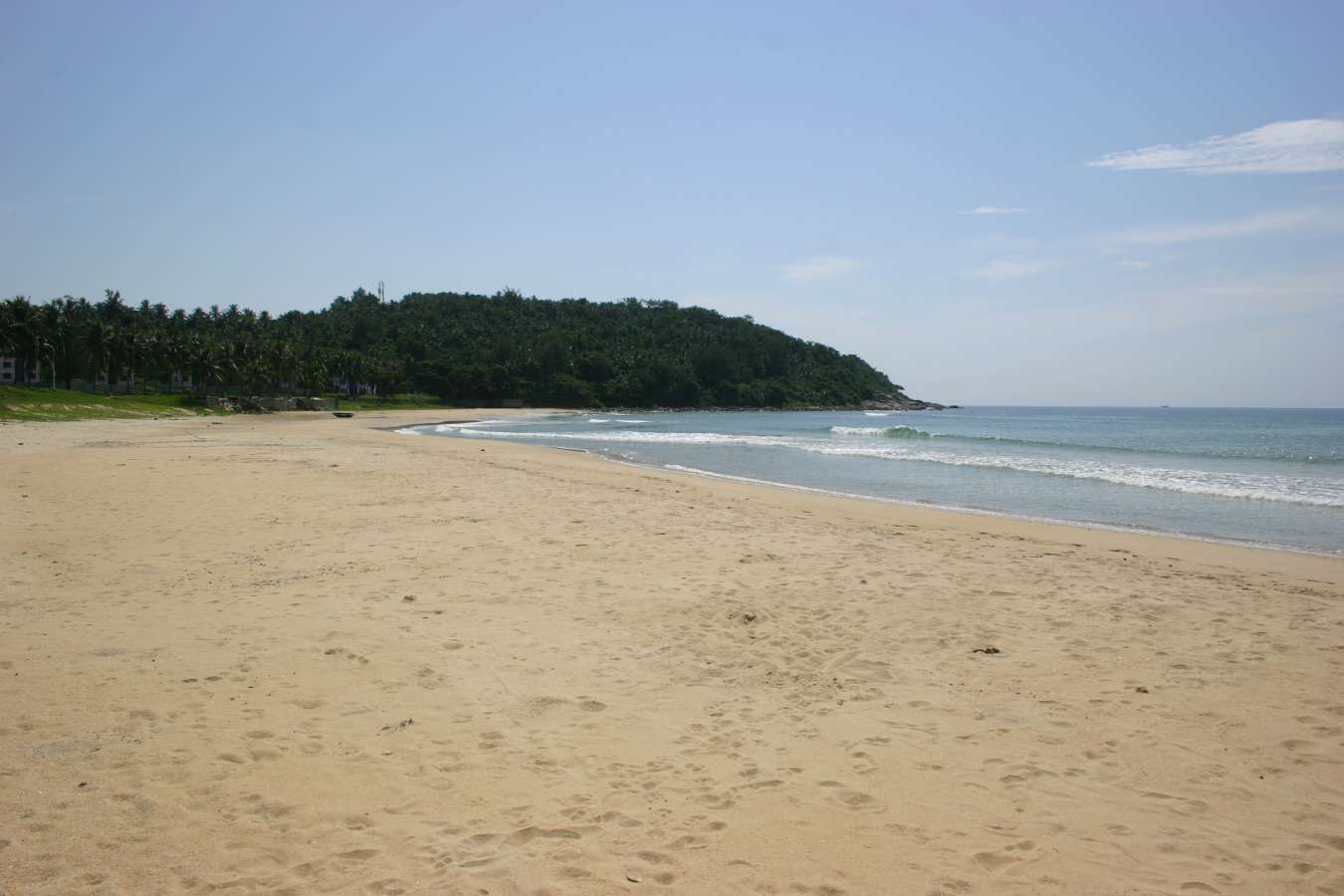
We arrived on the backend of a typhoon, the perfect time for catching waves. It meant that we basically walked into a ghost town, with most of the locals out in the water, capitalising on the swell. It took us almost 2 hours to find our host because he was out, enjoying the last of the typhoon’s wake. As we spent more time in the town, we quickly realised that this was the nonchalant manner in which business was conducted. There’s no rush, nothing that needs to be done, just surfing.
Something to eat, Something to drink
The small town doesn’t offer much, other than waves and chilled vibes. For everything else, you’re left with just a pinch more than the basics. To be fair, there’s not much you need, other than the sun, the sand and good surf. But in case you need to slay the beast in your belly, awakened by the pounding waves, Riyue Bay has got you covered.
There are a couple of Chinese street restaurants, right on the beach, where you can get delicious food at ridiculously cheap prices. You can also find fruit stalls littered throughout, where you can buy more fruit than you could carry, for less than 50 RMB. The surf club serves more familiar dishes, in case you’re in the mood for something western. As can be expected, though, eating western food is a lot more expensive. Lastly, there’s also a supermarket, or rather an “okay” market, that sells the basic essentials and some souvenirs.
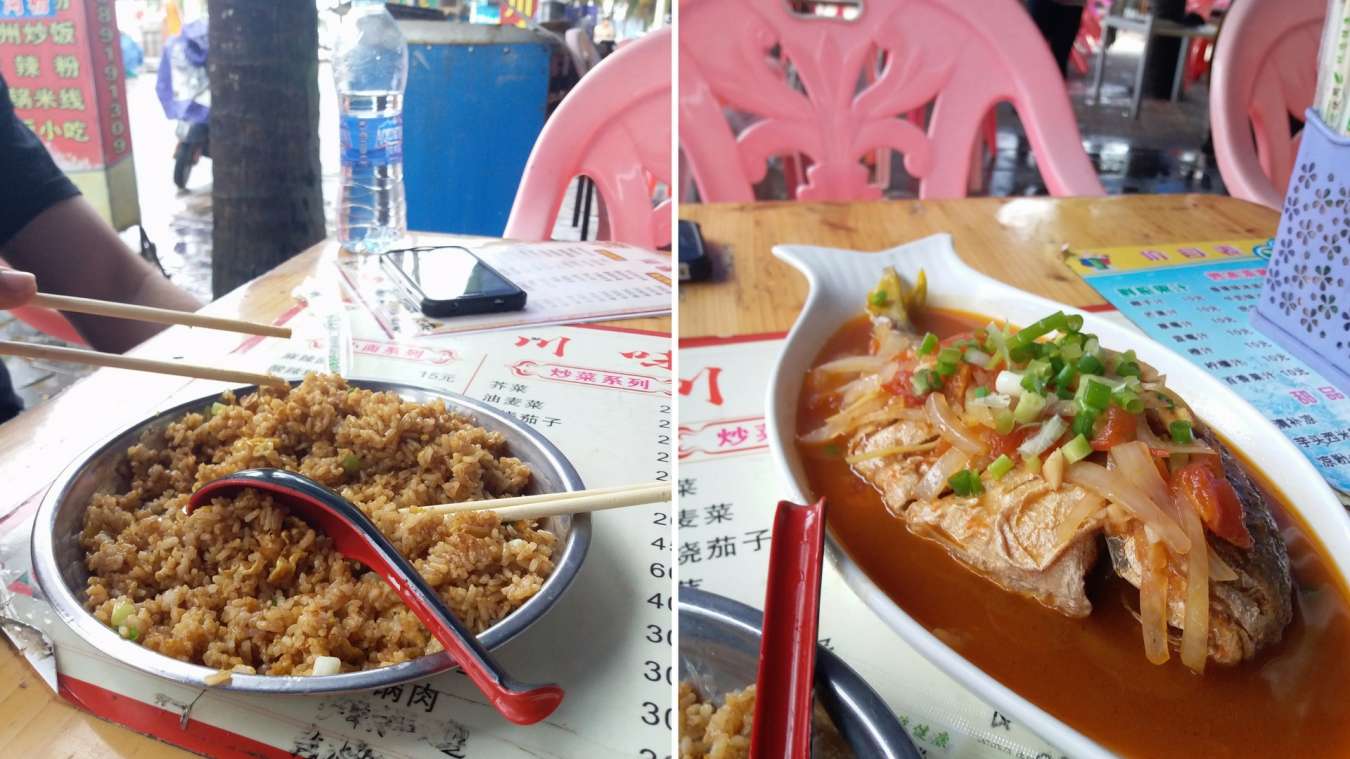
All the locals we met during our stay were very friendly and helpful. Although many of them were unable to communicate in English, everyone was always eager to assist us. As with most places we’ve been, there’s nothing that communicates quite as effectively as a smile.

Surfing
Surfing is what it’s all about in Riyue Bay. If you’re not a surfer, no worries. Jalenboo Surf Club offers lessons and everything else you might need to surf like Kelly.
There are 5 surf spots along the towns 2 km beach. They range from beginner beach breaks to shallow reef breaks and a reversed J-Bay. If you want a full breakdown of the surf spots, check them out on the Jalenboo Surf Club web page.
As far as swell goes, I would advise you to check the forecast on Magicseaweed before you book your tickets just yet. We only had about two days of swell and worthwhile surf, before the ocean turned into a lake. As far as I’ve heard, the waves can get scary big at Riyue Bay, at least for a novice like myself. But as I’ve seen and experienced first hand, they can get frighteningly small as well. So, if you’re making the trip to surf, try to line it up with a decent swell.
As a general rule, the swell tends to be bigger and more consistent from October to April.
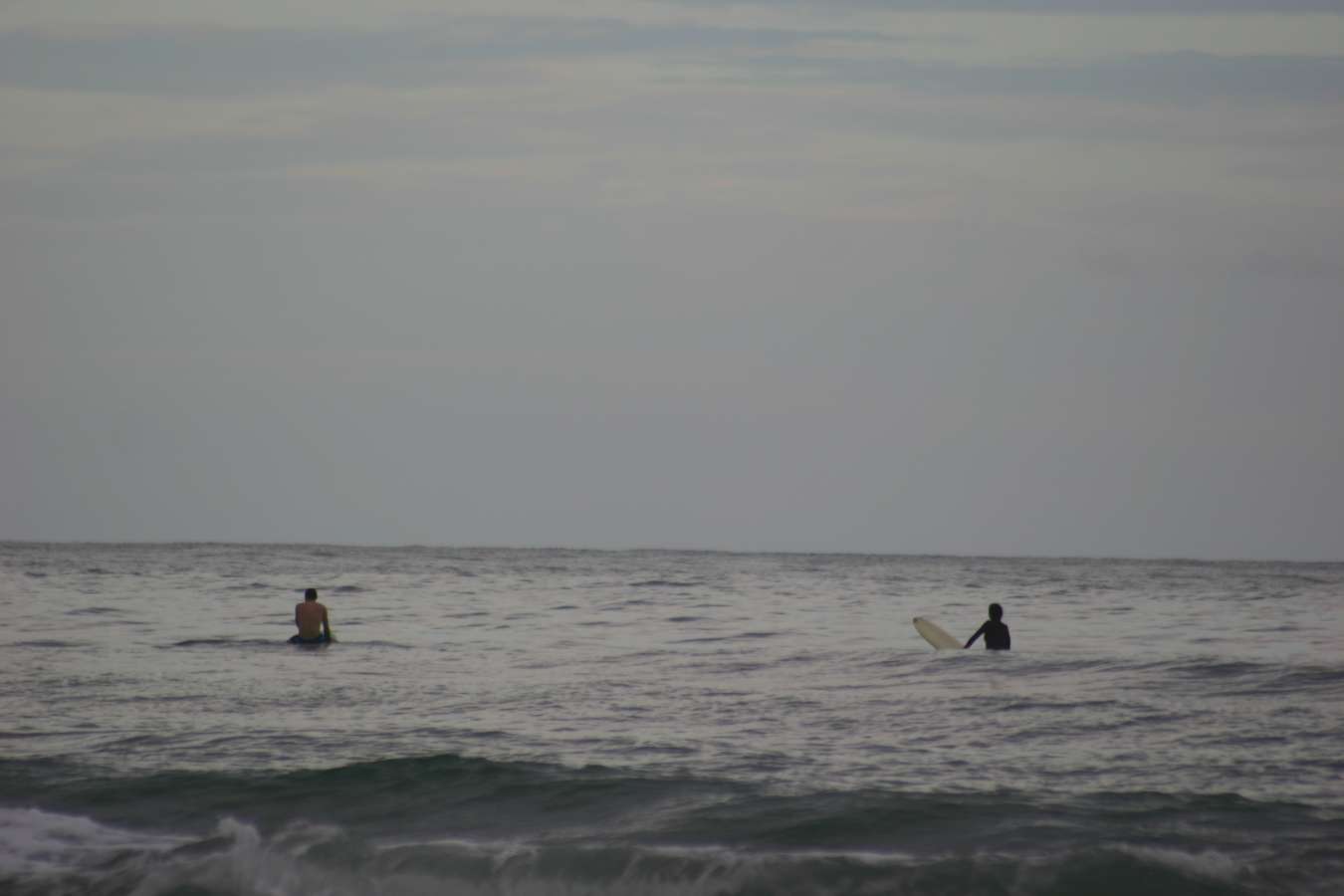
When the Waves are Gone
Aside from surfing, there isn’t much else to do in Riyue Bay itself, but there are many other attractions along the coast. Just 8 km south there’s a tourist centre that provides ferry services to Boundary Island, the little island you see just south of the town. The island hosts a number of activities and quite a few restaurants and shops.
If the waves are really on the low, you can always make the trip down to Sanya. It’s only 120 km south of Riyue Bay and features a large variety of tourist activities. Sanya is also the place you want to be if you’re looking to be part of the island’s nightlife.
There is also a new development underway, right next to the town, that looks to be quite the attraction. It seems like it’ll be a major hotel, with a luxury estate and a waterpark built on a man-made island. So maybe, in a few years, you’ll be able to find something to do there, when the waves take leave.
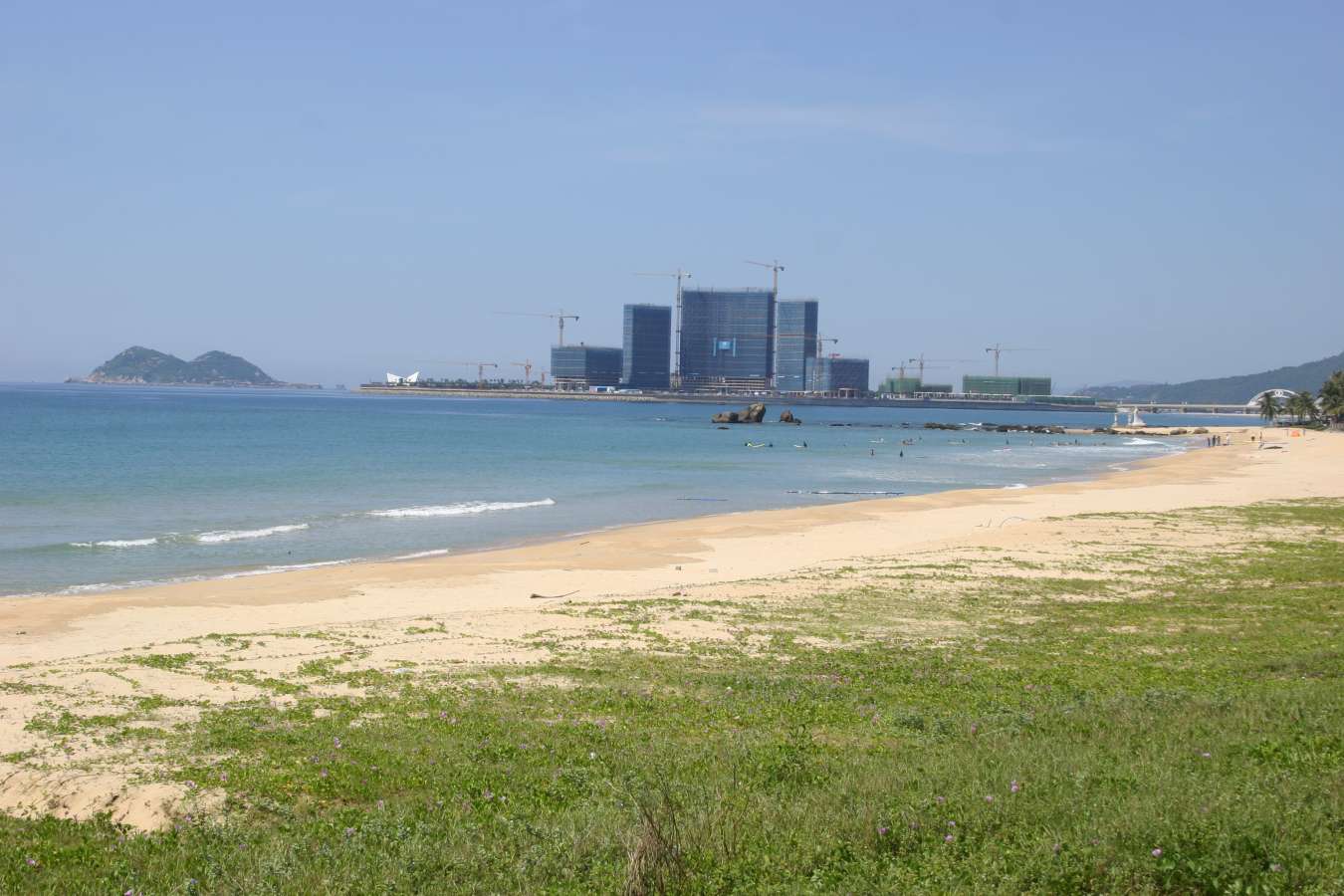
Accommodation
Airbnb is a good place to start your search for lodging in Riyue Bay. There are quite a few listings available and all of them seem more than adequate. They provide all the basics at great prices. We used Airbnb on our trip and even though we got off to a rocky start, it ended up being a fair deal.
Your other option is to stay at one of the commercial lodgings. Jalenboo Surf Club offers private rooms as well as hostel beds. Their prices are reasonable and you get proper value for your money. You can also try the Forest Inn. It’s more luxurious and obviously more expensive than the surf club. As part of your booking, you can also choose to include breakfast during your stay at either of these. If you’re interested, I suggest you use Ctrip to book your bed.
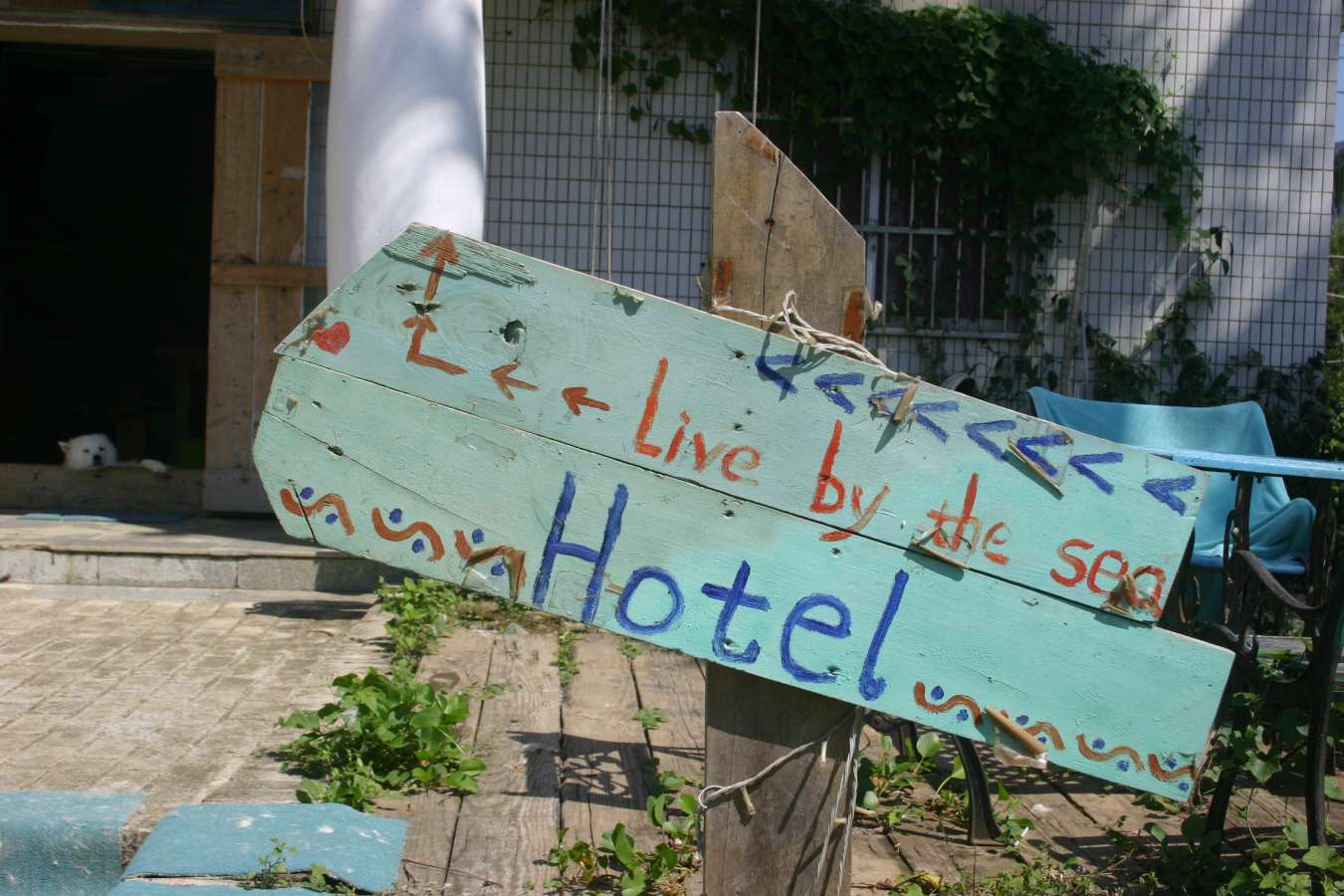
How to Get There
Riyue Bay is located on the east coast of the island of Hainan, about 120 km north of Sanya and 240 km south of Haikou. You can fly to either one of these cities, but generally, flights to Haikou are a little more sympathetic to one’s budget. From there you can take the train to Wanning and then it’s just a 30 km taxi ride to Riyue Bay. If you’re travelling from Sanya, you can get off at Lingshui station instead.
The taxi from Wanning to Riyue Bay will set you back about 100 RBM. If you’re on a tight budget, there’s also a bus service, running every half hour, that’ll only cost you 10 RMB. However, the bus doesn’t depart from the train station and it’s hardly reliable.
We used the bus once, on our way back to Wanning. It wasn’t too bad, but it’s terribly similar to a South African taxi; there’s always room for one more. So, if you don’t mind feeling like a canned sardine or waiting a while, the bus is a cheap alternative to taking a taxi.
As always, here are the links for Google maps and Baidu Maps.
For more information on how to get to Riyue Bay, visit Jalenboo’s web page.

